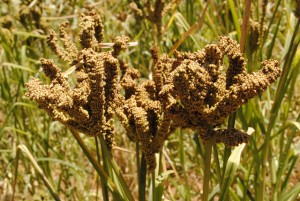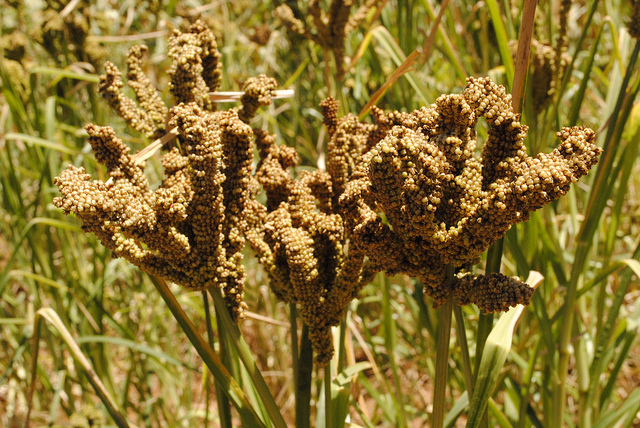India is the highest producer of ragi or nachni or finger millets, contributing to about 58 percent of its global production, So far only few Indians are aware about its health benefits & nutritional value. If you are among those who are unacquainted about the benefits of incorporating ragi in the diet, Here are few reasons Reasons to consume ragi.
Table of Contents
Rich in calcium:
No other cereal comes close to ragi when it comes to calcium content. Calcium is significant factor when it comes to bone development & prevention of osteoporosis. Replacing calcium pills with the ragi kanji or porridge and indulging it in the diet of growing children is good way to gather its benefits.
Helps in weight loss:
The natural fat content in the ragi is lower than all other cereals. This fat is in its unsaturated form. Therefore, substituting ragi for wheat and rice is good choice for those people who are trying to lose their weight. It also contains amino acid, called tryptophan which reduces hunger.
High fibre content:
As compared with white rice, ragi contains higher amounts of dietary fibre. Because to this, ragi helps digestion, prevents over eating and makes feel full for longer duration of time. The amino acids lecithin & methionine helps in decreasing the cholesterol levels of the body by getting rid of the excess fat in the liver. On the other hand, threonine hinders the formation of fat in the liver and provides overall reduction of the body cholesterol.
Regulates the blood sugar levels:
The high polyphenol & fibre content has an another perk. Diabetic patients can faith ragi to create controlled build in the glucose level. Diets that are regularly consist of ragi have been known to have lower glycemic response. This is mostly down to the addition of fibre in ragi as the grain is too small to be polished & milled.
Battles anemia:
Ragi is an excellent source of the natural iron. Patients of anaemia & low haemoglobin levels can begin to include ragi in their diets as domestic remedy. Vitamin C is known to help the absorption of iron. Once ragi is allowed to grow, the vitamin C levels increase and direct to further absorption of iron into bloodstream.
Natural relaxant:
The sufficient amount of amino acids & anti – oxidants in ragi help the body to relax naturally. Common ailments like anxiety, headaches, insomnia, and depression can be battled with the ragi. The amino acid called Tryptophan is major supplier to the relaxing effects of a ragi.
Reduces the risk of the stroke:
In its early stages of growth, i.e., when it is still green, ragi can help to prevent high blood pressure. The cholesterol levels in the blood can be regulated too, leading to a less plaque formation & blockage of vessels. As result the risk for hypertension & stroke goes down significantly.
Gluten free:
People with the celiac disease or followers of gluten free diet can add in ragi into their daily consumption as it is completely free of gluten. Not many cereals can improve of this property since gluten is major nutrient in all cereals.
Excellent baby food:
In a Southern India, where the ragi is widely addicted, babies as old as 28 days are fed with ragi porridge at their christening. It is believed that ragi promotes the better digestion. The high calcium & iron content is useful for the bone growth & overall development of the infant. Specially processed ragi powders for an infants are available widely to be used during the weaning.
Enhances lactation:
Lactating mothers are urged to include ragi, especially when it is green as it enhances the milk handling and drink the milk with the essential amino acids, iron & calcium requisite for nutrition of the mother as well as the child. The production of the milk is also affected positively. Ragi is prescribed to mothers that wish to enhance the quantity of the milk produced for their baby.
Photo credit: ICRISAT HOPE / Foter / CC BY-NC-SA
However, more consumption of ragi should be avoided as it could increase the quantity of oxalic acid in body. Thus, it is not desirable to patients having kidney stones & urinary calculi.

